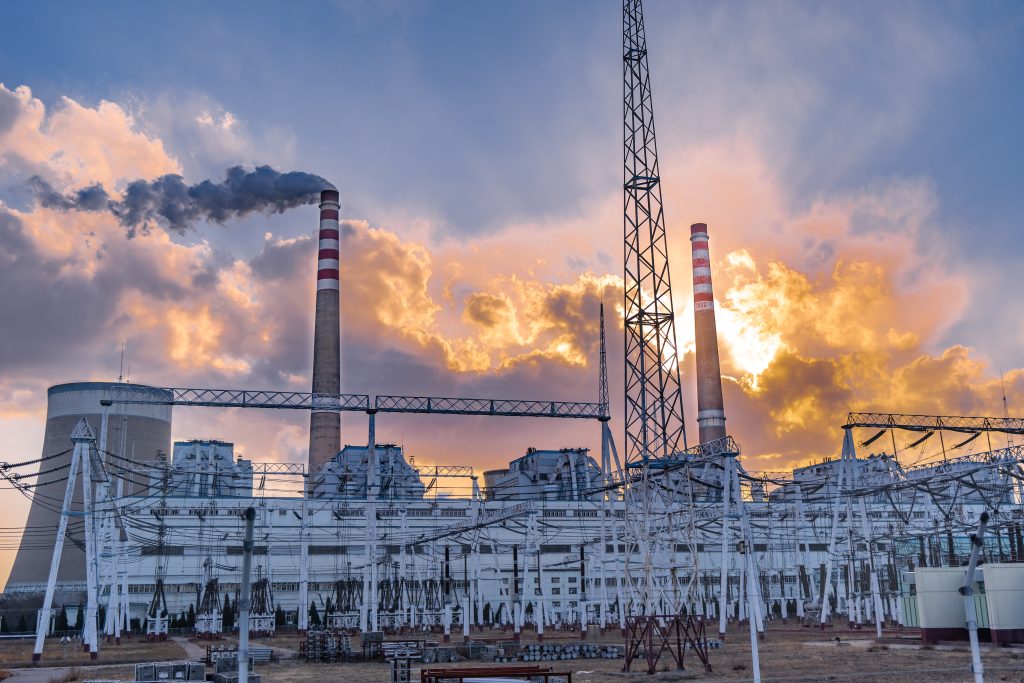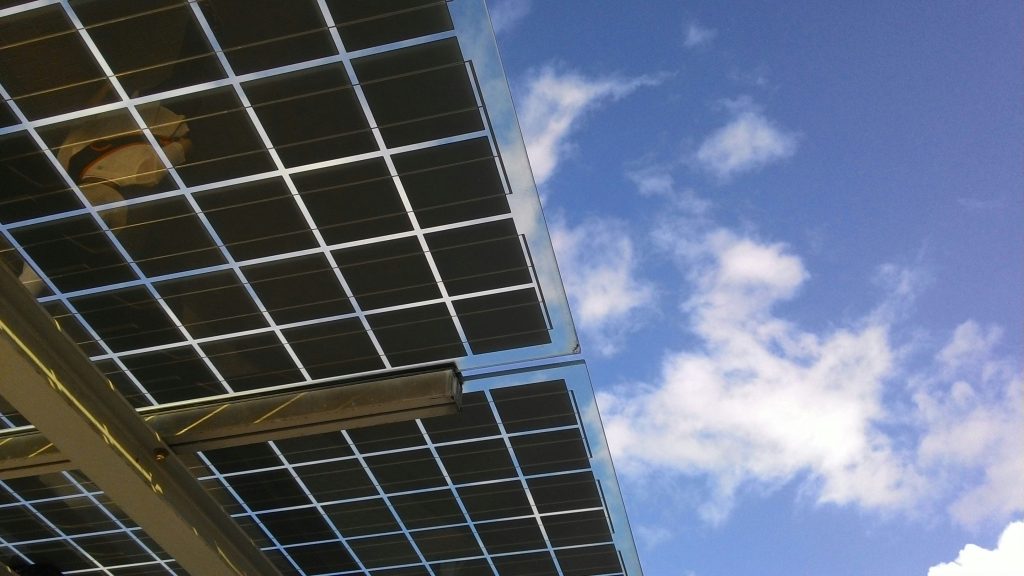Zhang Yuzhuo, chairman of the State-owned Assets Supervision and Administration Commission of the State Council
From the perspective of state-owned asset management, a key focus is to encourage bold innovation in enterprises and remove institutional barriers that hinder high-quality development. For example, in the realm of new energy vehicles, state-owned automotive companies are not progressing swiftly enough. Therefore, we’re adjusting policies to separately evaluate the new energy vehicle business for three major central state-owned automotive enterprises (FAW Group, Dongfeng Motor Corporation, and Changan Automobile). We’ve noticed that despite the ongoing advantages of traditional fuel vehicles, there’s a global trend among automotive companies to implement new energy vehicles businesses, which requires heavy investment in the initial stage. If we only consider the immediate profits, this might slow down companies’ progress. Therefore, our policy aims to address this challenge by evaluating their technology, market share, and prospects in the future.










